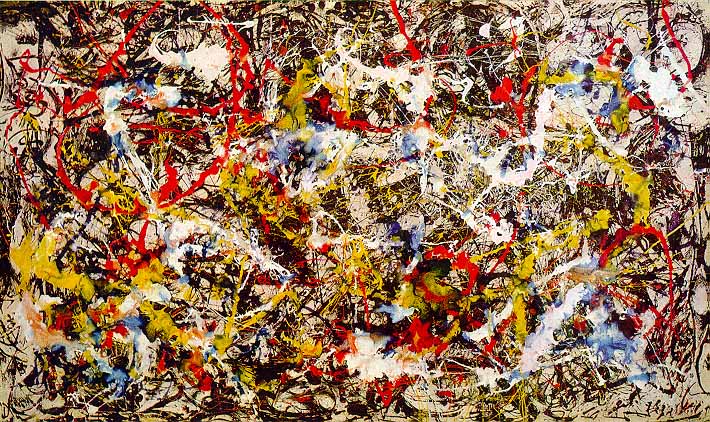August 24, 2008
Broadcast Date:
Aug 24 2008  Thomas Powers asks why the military option "must be kept on the table" when it comes to Iran; a look at Israel's military and political ties with Georgia; plus Action/Abstraction, an exhibit at New York City's Jewish Museum.
Thomas Powers asks why the military option "must be kept on the table" when it comes to Iran; a look at Israel's military and political ties with Georgia; plus Action/Abstraction, an exhibit at New York City's Jewish Museum.


![[podcasting logo]](../../../files/podcast.png) Podcast
Podcast